Most movie-going audiences view cinema as a means of escape from a monotonous lifestyle. But there is an antithesis to this larger-than-life, feel-good category of films. It’s the quintessential dark and disturbing film category that features violence, unsettling imagery, depressing themes, or a mixture of all. Expectedly, it only caters to a relatively small section of the movie-going audience. After all, who wants to feel squeamish as the end credits start rolling? Yet, in the niche that it operates in, it has a far more profound impact on the viewer’s mind. People might describe the experience as ‘traumatizing’ or say they were ‘shaken to their core’ or ‘thought about the film for weeks.’ These phrases speak volumes about how the film stays relevant in the viewer’s mind, no matter how few viewers are.
Tons and tons of such films spring up from the creative minds harking from different cultures, traditions, and places with a dedicated fan following. In this list, we take a peek into the art from India. Note that the Hindi movies on this list do not necessarily use graphic imagery like that of A Serbian Film to qualify as disturbing. That’s because sometimes the most unsettling feelings arise from the director deliberately hiding the gore to force us into using our imagination.
*SPOILER ALERT*
10. Badlapur (2015)
Revenge dramas tend to be perfect fodder for deeply unsettling films. In Badlapur, Sriram Raghavan doesn’t shy away from showing the extent to which the protagonist, Raghu, goes to exact his revenge for the worst tragedy that he, or for that matter, anyone could encounter, i.e., losing one’s family in the blink of an eye. This is exemplified in stomach-churning scenes where he sexually assaults Jhimli, Liak’s girlfriend, and uses it later to taunt Liak or where he brutally hammers an innocent Kanchan, the wife of Liak’s robbery partner Harman, till the spurting blood completely covers his face.
Related to Disturbing Hindi Movies: All Sriram Raghavan Movies Ranked
However, the bone-chilling factor of the gruesome violence is not just for mere shock value. Instead, Raghavan uses these to chalk out the dehumanization of Raghu from a simple and innocent family man to a ruthless killing machine driven by an obstinately singular goal of rage. The tragedy that he suffers at the start is what makes us connect to him, and yet we distance ourselves from him more and more as the story progresses and the bodies pile up. More than watching someone brutally maim a body, the painful implication is that the man committing this heinous act was once living happily ever after like any of us.
Where to Watch:
9. Matrubhoomi (2003)
The premise of this film is as follows – the rampant practicing of regressive traditions like female infanticide and female foeticide have resulted in the extinction of the female population from the country soon. This intriguing premise is a scathing criticism of the social inequality in Indian society. But let’s take our imagination for a ride and visualize how the world would be without women. It would be truly tragic to witness almost half of the world’s population disappear from the face of the planet. But what would the general populace miss about women?
To answer this, Jha throws at us an alarming scenario where most of the men in the film crib and bicker about the fact that in the absence of women, they have no opportunity to quench their sexual thirst, and now there is no one to cook good food and take care of the household. To satisfy this desire of theirs, men cross all limits in every aspect, be it performing lewd acts on unsuspecting animals or partaking in child marriage because their voracious lust cannot wait for the little girl to even mature into a young woman.
Related to Disturbing Hindi Movies: Hindi Cinema and Realism: Selected 7 Films that Changed Hidebound Hindi Films
One might start to think of the horrific situation where even the existence of merely one woman will lure the entire gang of lecherous men to pounce on her like a predator. That is what exactly happens with our main character, Kalki when she is forcefully married off or rather shared among five brothers. Each day, she has to endure the trauma of literally being a sex slave to each of the brothers. Even their creepy, old father takes this opportunity to satisfy the sexual desires of a woman who is probably less than half his age. When she tries to stand up against the oppression, they not only brutally murder the handful of people who understand her plight but also, as punishment, lock her away in the cowshed like a prisoner.
Here Jha draws an audacious analogy between a domesticated animal like the cow and a bruised Kalki, suggesting that entitled men can invade whichever body part of the two as they please, and the two are not even allowed to raise a finger in protest. Since the upper caste brothers kill off their lower caste servants, it enrages the lower caste folk of the village. Hence to exact revenge, they, and you guessed it, repeatedly rape a weak and almost lifeless Kalki day in and day out. Soon, she becomes pregnant, and the entire village claims ownership of the child, creating factions that eventually lead to a riot-like bloodbath, killing everybody. Even though the film ends on a surprisingly hopeful note, a foreboding sense of horror still lingers on as if you’re conditioned to expect another ghastly brutalization of another woman.
Where to Watch:
8. Bandit Queen (1994)
“Animals, drums, illiterates, low castes, and women are worthy of being beaten.” The film opens with this quote taken from the religious text Manu Smriti. Accompanying this title card is a deafening background score that feels like it is almost warning the audience of the imminent tragedy and horror. And it takes no time for this intangible dread to materialize in front of our eyes as we see one atrocity after another meted out to the film’s protagonist, Phoolan Devi.
In an environment of creepy and lecherous men ogling Devi throughout the film, it is an understatement to say how difficult it is for a viewer to watch the uncouth brutality that she faces. As a 10-year-old child, she is forced into child marriage and then sexually assaulted by her elderly husband. As a young woman, she is continuously cat-called and groped by the boys in the village. Literally every strata of society, from corrupt police officials to ruthless dacoits, makes it a point to treat her as if she is an object placed in this world for the only purpose of quelling their sexual thirst.
Related to Disturbing Hindi Movies: Sonchiriya (2019) Review: An Existential Dacoit-Drama
Rather than showing the heinous acts of rape in its disturbingly minute details, Kapur deliberately hides the action from us and thereby directs our attention towards her ordeal, whether it be through her unimaginably painful squeals or maybe through visuals of her broken self in the aftermath of the act. However, the sequence where Thakur Shri Ram, the prominent leader of the gang, captures her and keeps her as a prisoner is the only part where the film does not shy away from giving us harrowing images of the unflinching brutality that is shoved down her throat. Thakur Shri Ram, his minions, and the upper caste men of the village all take turns abusing her left, right, and center, and that too continuously for three straight days. Following that, she is stripped of all of her clothes and paraded in front of the entire village.
The graphic details are stomach-churning and painful, representing the highest form of brutality that any human could ever face. All of this pain and trauma translates to anger and frustration, which eventually gives birth to the fierce dacoit inside of her. She is hell-bent on revenge and first kills off her former husband and then the men belonging to the Thakur gang. As she brutally spills the blood of every man, her rage gives way to an immense feeling of catharsis.
But even after exacting revenge, the trauma remains, and all we are left with is a massive pile of dead bodies. The haunting image of a child walking over a pool of blood drives this very point. The fact that such a thing happened sends chills down your spine, making you ponder about the plight of innumerable women in this country who, to date, silently suffer under this disease that’s called patriarchy, making Bandit Queen one of the most disturbing Hindi movies ever made.
Where to Watch:
7. LSD: Love, Sex Aur Dhokha (2010)
This found-footage-styled film comprises a collection of three short films linked to each other through subtle plot points and characters. The first is shot entirely on a proper movie camera, the second uses CCTV camera footage, and the third uses a hidden camera in a sting operation. One can notice that all these video recording devices are something we regularly see in our daily lives. By using these everyday objects, the audience gets uninhibited and unfiltered access to people’s personal and intimate lives.
Imagine being continuously recorded by a camera every single moment of your life. It is honestly a nightmare. But for the person behind the camera, it’s pure wish fulfillment. Deep down, we know that snooping into others’ private lives is unethical, but if given the rare opportunity, wouldn’t we be tempted to do so? Before you know it, the viewer has already turned into a voyeur. Once fully immersed in the character’s personal life, you need to buckle up to experience its good, bad, and ugly parts.
Also Read: All Dibakar Banerjee Movies Ranked
In the first story, the protagonist attempts to make a generic Bollywood romance film. He falls in love with the film’s lead actress, and their relationship develops. However, her family is a blockade to their blossoming love since she belongs to the upper caste. His real life slowly starts to resemble the genre conventions of a Bollywood romantic film. And what’s a Bollywood romantic film without a happy ending? So our lovebirds decide to convince the family to accept them and conclude their story as happily ever after. Their story abruptly ends when they become victims of an honor killing at the hands of the family. As we feel horrified at the sight of their heads being dismembered in the dark, we are unable to process the jarring way Banerjee overturns expectations and slaps the cold reality of life against our faces.
Similarly, the second story features an innocent protagonist genuinely in love with his colleague. However, by the end, he tricks her into having sex with her and not only records the said act on the CCTV camera but also sells it online for a paltry sum of money. The video goes viral, and as expected, the girl’s reputation is ruined, and the guy walks away scot-free. The most disturbing aspect of this segment is that the ‘Dhokha’ (Betrayal) doesn’t come from a disgruntled or regressive character but from a person we care about. Though the third story doesn’t possess the same provocative tone, it still maintains its voyeuristic nature. By the end, you wished that you had never given in to your temptation, and by making us feel so, Banerjee cleverly exposes the inevitability of not only our dark side but that of society in general.
Where to Watch:
6. Ajji (2017)
Ajji is a rape-revenge drama. This description is enough to make anyone’s skin crawl. The unfortunate victim in question is a 10-year-old girl named Manda. The perpetrator is the local politician’s son named Dhavle, and the revenge seeker is the girl’s grandmother, referred to as ‘Ajji.’
Makhija makes sporadic use of minimalism, wherein he deliberately withholds brutality by giving us bits and pieces of the atrocity. This makes us an active participant in visualizing the ghastly incident, making it feel real and, hence, far more unsettling. This is evident in scenes where an unsuspecting Manda suddenly finds herself bleeding profusely down below the waist region or when Ajji applies a homemade balm on her wounds in her groin area. In one scene, when Manda spots that she is bleeding again uncontrollably, she asks Ajji, “Mother had told me that all girls go through this bleeding at a certain age. But I never knew that the process often started like this.”
Also Read – Bhonsle (2019): ‘HFF’ Review – A Redefining Character Study
Apart from this, Makhija also uses a certain technique which I would like to call ‘suggestive imagery.’ Let’s take two examples to understand this. In the first one, we see Dhavle and his minion committing sexually lewd acts on a female mannequin. Not only do they remove her clothes in the process, but they also dismantle her body parts one by one. Finally, Dhavle masturbates inside the plastic body and leaves. These images suggest that if this is what they can do to an inanimate object, what they would do to an actual human being, specifically Manda.
Since this method is an extension of minimalism, it also forces us to imagine the actual incident not by deliberately hiding it but by bombarding us with similar visuals. Another brilliant scene is when we see Ajji receive training for splicing and dicing goat meat. As the butcherer carefully shows her how to severe the groin region from the body of the animal (clever foreshadowing) we not only get a disturbingly closer look at a dead animal being brutalized but also get a sense of what Ajji’s modus operandi might be to exact her revenge.
After nearly two hours of withholding the brutality, Makhija quietly unleashes it in the penultimate sequence wherein Ajji severs Dhavle’s crotch from his body with a scissor. It’s truly horrifying to look at, and even more so as the camera refuses to shy away from showing the entire act and the dismembered, bloodied body part as well. Throughout the film, we are teased with hints of violence very subtly. We get used to this style only to get caught off-guard as the revenge scene swoops in viciously, leaving us silent and traumatized.
Where to Watch:
5. Raman Raghav 2.0 (2016)
Much like any neo-noir cat and mouse story, this psychological thriller features a deranged serial killer (Ramanna) on a murdering spree and a cold, calculating but troubled cop (Raghavan) trying to track him down. Kashyap can draw a line between these two sides of the story using these genre conventions. From here, an unstoppable amount of brutality ensues. We see Ramanna crush the head of a drug dealer with a huge boulder. We see Raghavan having sex with his girlfriend, Simi. However, it looks more painful than pleasurable, implying abuse. The audience might start noticing a strange similarity in how their actions are shown.
Then we see Ramanna murder unsuspecting, innocent slum dwellers in the dark and dinghy lanes of Mumbai with a lethal iron rod. We see a cocaine-frenzied Raghavan killing off an African drug dealer in a negotiation gone awry. The lines of morality drawn earlier start to blur. Then we see Ramanna mentally torturing his sister’s family and eventually brutally killing them, not even sparing her eight-year-old son. We see Raghavan bringing a random girl, Ankita, from a nightclub to satisfy his sexual desires at Simi’s home, right in front of her eyes, to taunt her.
Related to Disturbing Hindi Movies: All Anurag Kashyap Movies Ranked
An altercation ensues, and in an uncontrollable rage, he murders Simi. The line is practically nowhere to be seen now. The final consummation occurs when the two meet in a jail cell, where Ramanna confesses how Raghavan’s killing repertoire ‘inspired’ him to such an extent that he would do anything in his power to make the latter realize his true maniacal potential. Here is where the cat and the mouse become the same. Both are nothing but a product of the animalistic desire to kill and abuse. Where one is a criminal restricted by law, the other is the upholder of said law.
Through this, Kashyap paints a bleak picture depicting the lethal combination of unchecked power and moral corruption. In the final scene, as Raghavan breaks into Ankita’s home to murder her and eliminate any proof of his heinous actions, we hear her chilling screams ringing in our ears, signifying his transformation from man to animal.
Where to Watch:
4. Titli (2014)
Titli stands out among the films in this list because it features little intense graphic violence. Neither does it place scenes of brutalization off-screen and give us enough hints to imagine the ghastly scenario. What’s really disturbing is how rotten to the core the lower-middle-class family depicted in the film is and how tangible this rot is to the audience.
Titli, our titular character, dreams of running away from his toxic family from his two overtly controlling elder brothers who earn their living by indulging in car-jacking. In one of the most distressing scenes, Titli’s newly wedded wife, Neelu, witnesses the two brothers hammering the car salesman in the backseat while Titli drives the car. Soon, both their faces are drenched in blood, but what’s unsettling is the fact that they promptly attempt to dispose of the body and take control of the situation, signifying the level of dehumanization they have reached while committing innumerable murders.
Coming face to face with the ugliness of her new family, a horrified Neelu uncontrollably urinates in the car. This further drives the point of how the film introduces graphic violence and then focuses more on the bizarre yet disturbed reaction of the victim. Now, Titli might seem like the starry-eyed, nice guy who is unjustly caged by the shackles of his oppressive family. However, in reality, he, too, fully imbibes the rot that plagues his family. This inherent toxic nature is revealed when his plan to acquire money and achieve his dream is foiled, and he has to marry Neelu forcefully.
Similar to Disturbing Hindi Movies: Titli (2015): A Terrifying Investigation of the Dog-eat-Dog World
On the night of the marriage, he attempts to take out his frustration by forcing himself on her but fails. In one of the most brutal scenes of the film, he deliberately fractures Neelu’s wrist with a hammer to extract the money left in her name. The tension preceding the violent act does nothing but fill the viewer with dread, just imagining the painful ordeal she is about to go through. Money, or the lack of it, serves as a constant undercurrent in the film. This is evident in the lower-middle-class family setting or in Titli’s desperate need for cash to achieve his dream.
A lot of that has to do with their father’s nonchalant and observant character. This is a person who probably never achieved anything in life and never even tried to give his sons a comfortable life. Rather, he just dumped all his financial strain on his sons and sat in a corner, witnessing his own family crumble as if he were silently enjoying a daily soap serial. Finally, when Titli betrays everyone under the sun and finally achieves his dream, he is only left with a haunting sense of guilt.
This feeling is brilliantly realized with his continuous episodes of painful retching, as if each regurgitated spasm were a result of him replaying his crimes in his head. Never have I found the image of a person vomiting so deeply unsettling. The film ends with Titli, for the first time, abandoning his sinful path, his family’s path, in search of redemption.
Where to Watch:
3. Talvar (2015)
Watching Talvar for the first time made me feel extremely nauseous. Sure, the dreadful details of the infamous 2008 Noida double murder case are gruesome enough to make anyone’s skin crawl. But how these details were presented made me feel something I had experienced before. So my curiosity led me to the film’s Wikipedia page, only to discover Vishal Bharadwaj’s name in the writing credits. I realized that this was the same person who made Haider, which was one of the most traumatizing movie-watching experiences I’ve ever had. The same incisive dark humor and the same raw and unflinching portrayal of real-life incidents were also very prevalent in Talvar.
Complementing this writing style is Meghna Gulzar’s mature direction, wherein she goes to great lengths to achieve pitch-perfect realism by humanizing every character and consciously avoiding unnecessary melodrama. There is this notion that the middle-class Indian lifestyle is simple and their homes/localities a safe space simply because they can’t afford to reach the extravagant heights of the stinking rich and secure because they are privileged enough not to get caught in the economic or social turmoil that the lower class faces. I mean, crimes like the double murder case are generally restricted to the underprivileged class and make their way into middle-class households only through Breaking News headlines on a news channel.
Related to Disturbing Hindi Movies: Talvar (2015): A Wound between Right and Wrong
Hence, the realism mentioned above challenges this notion and terrifies the middle-class populace into thinking how close to home the terror can really be. To add insult to injury, we have the incompetent police department shabbily conducting the investigation and eventually accusing the grieving parents of honor killing. Not only that, the media conveniently indulges in the girl’s character assassination by labeling her as promiscuous to such an extent that the general public is convinced of her and her family’s ‘sexually immoral’ nature.
Finally, the CDI’s team, headed by our protagonist, Ashwin Kumar, aims to conduct an unbiased and efficient investigation. From here on, we see the film employ a Rashomon-esque style to show us multiple perspectives of the crime, which attempts to systematically peel off the layers and layers of complexity riddled within the case. However, this technique also repeats the ghastly crime scene after scene. So whether it is the creepy lust of the household help or the disturbingly detached reaction of the father, in the end, it’s always the innocent girl who ends up being brutally killed. Things take a drastic turn subsequently when the investigation is botched as the CDI indulges in corruption to allegedly preserve the reputation of the police department after their despicable investigation.
In this cesspool of dirt and chaos, nobody, not even the protagonist, acknowledges the trauma that the parents undergo. Not only do they lose their daughter at such a young age, but they are also accused of being the perpetrators and, on top of that, become the target of the whims and fancies of the general public. The final nail in the coffin is the court sentencing them to life imprisonment hence bringing a huge question mark on the table of justice. But more than any of this, those final images of Shruti joyfully celebrating her 15th birthday with her family remain in our minds as woefully haunting memories.
Where to Watch:
2. Black Friday (2004)
Religious fanaticism has plagued this country for scores and scores of centuries. So many years have passed by seeing civilizations burn to the ground in this conflict. Yet, we are nowhere near a concrete solution. People with differing ideologies lock horns with each other, innocent lives are destroyed, things get back to normal after some time until another bomb is detonated or a new riot is instigated. The cycle drags on endlessly.
Unfortunately, the horror and tragedy remain constant and utterly painful, which Kashyap focuses on at the start. In one of the starting scenes, we see an everyday portrait of the hustle-bustle of the streets of Bombay in 1993. As we see people talking about their lives or hurrying toward their offices, we hear ominous music and know what’s coming. The unbearable tension pulls us to the edge of our seats, and then suddenly, one bomb blows off, taking down everything with it and killing unsuspecting civilians in a matter of seconds.
The aftermath of 12 back-to-back explosions left us with blood-stained streets, mangled dead bodies, and decimated vehicles and buildings. Subsequently, the film delves into its investigation phase, where we slowly learn about the planning details and the perpetrators themselves. And, of course, what drove them to commit such atrocities was hatred. For them, the bomb blasts were an act of revenge for the Hindu-Muslim riots that ravaged Bombay in 1992. The riots, in turn, were triggered by the Babri Masjid demolition just a few days prior. The demolition was a direct result of years and years of religious and political conflict regarding the said worship area.
Also Read: 10 Most Underrated Hindi Movies of the 2000s
You see, the cycle goes on and on. This hatred is so potent that it quickly trickles down from people at the top, like Tiger Memon, into the susceptible minds of ordinary individuals like Badshah Khan. Apart from this, Kashyap doesn’t shy away from raising serious doubts about the brutal methodology employed by the police department to gain answers. This could be hammering the fingers of a suspect to squeeze out a confession or psychologically torturing the supposedly innocent restaurant owner, Rakesh Khurana, to the point where his traumatized mind decides to kill off his own two children and wife and subsequently himself so that none of them would suffer under the brutality that the police indulges in.
Eventually, when the dust settles and all motivations and underworld connections are clear, the fact remains that the damage has already been done. This is brilliantly portrayed when Kashyap once again plugs in the gory images of destruction right in the end to reinstate the pointlessness of religious fundamentalism. And how better to reinstate it than to combine it with the haunting lyrics of Indian Ocean’s song ‘Bandeh.’ The film’s final title card says, ‘And now Bombay is known as Mumbai’ as if suggesting that the painful change left a permanent scar on the city’s spirit.
Where to Watch:
1. Haider (2014)
I remember watching the film in a fully packed single-screen theatre for the first time. And I had never seen any single-screen theatre audience so dead silent. When I returned home that day, I could not swallow even a single morsel of food down my throat. Strangely enough, no other Bollywood film had ever elicited a deeply disgusting reaction in me. Back then, I did not have the cinematic knowledge to appreciate the film’s artistic quality, nor was I aware of the political commentary that it made. And yet, I felt weak in my legs every time I thought about it.
Stripping the film down to its rawest form reveals a brilliantly crafted story about tragedy and the violence that is borne out of it. As Haider spirals down into madness, completely losing sanity, his vengeful bloodlust is what dictates his actions and nothing else. The younger me reacted more to the gruesome acts of violence, especially the climactic sequence that can be accurately termed as a bloodbath. The haunting image of bloodied pieces of the human body scattered all over the white and ice-cold landscape of Kashmir is certainly not something that can be easily digestible for a 15-year-old boy. But over the years, the older me, now equipped with both cinematic and political knowledge, has realized that Haider is nothing without its exploration of the Kashmir conflict under the garb of a Shakespearean tragedy.
Related to Disturbing Hindi Movies: Haider (2014): In the Land of Blood, Snow, and Chutzpah
Every act of violence is nothing but a stark reflection of the turmoil that the region has been facing for several decades now. The tragedy is so intrinsic to the story and the Valley that no one can escape it, not even the characters with the tiniest screentime. A great example of this would be that of Arshia’s brother Liyaqat, who is pulled back into the insurgency-hit Kashmir from his well-paid MNC job when he hears that Haider has shot his father, Officer Pervez, dead. This traumatizes Arshia, who commits suicide on the same day her father dies. And when a grief-stricken Liyaqat brings Arshia’s body for burial, he is killed by Haider in an altercation.
Finally, when an unstable Haider sees her dead body, he completely loses it. It’s as if every character is destined to fall prey to the endlessly agonizing pain that Kashmir has to offer. Hence the film should decide to end quietly and symbolically with the visual of a bloodied graveyard.

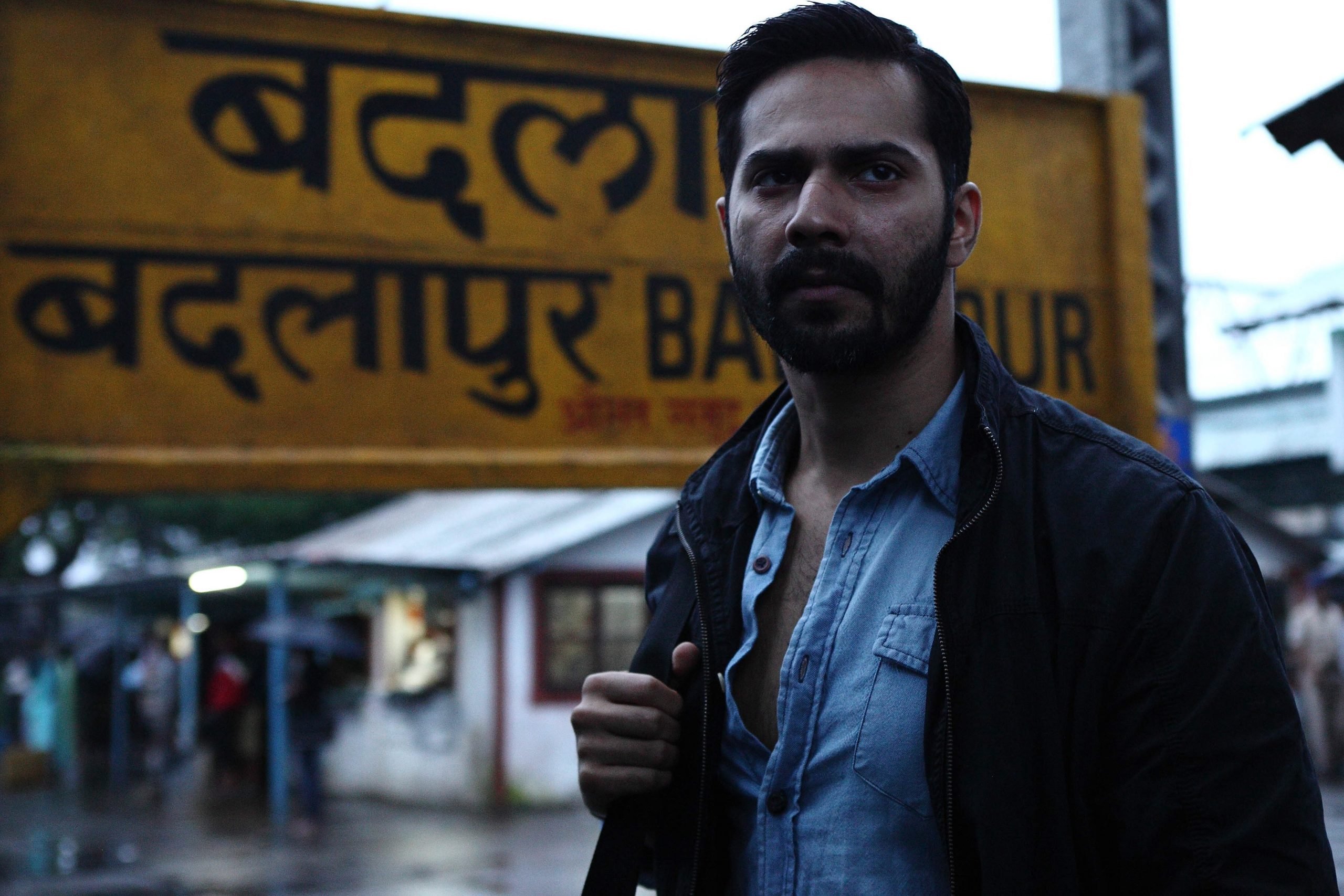
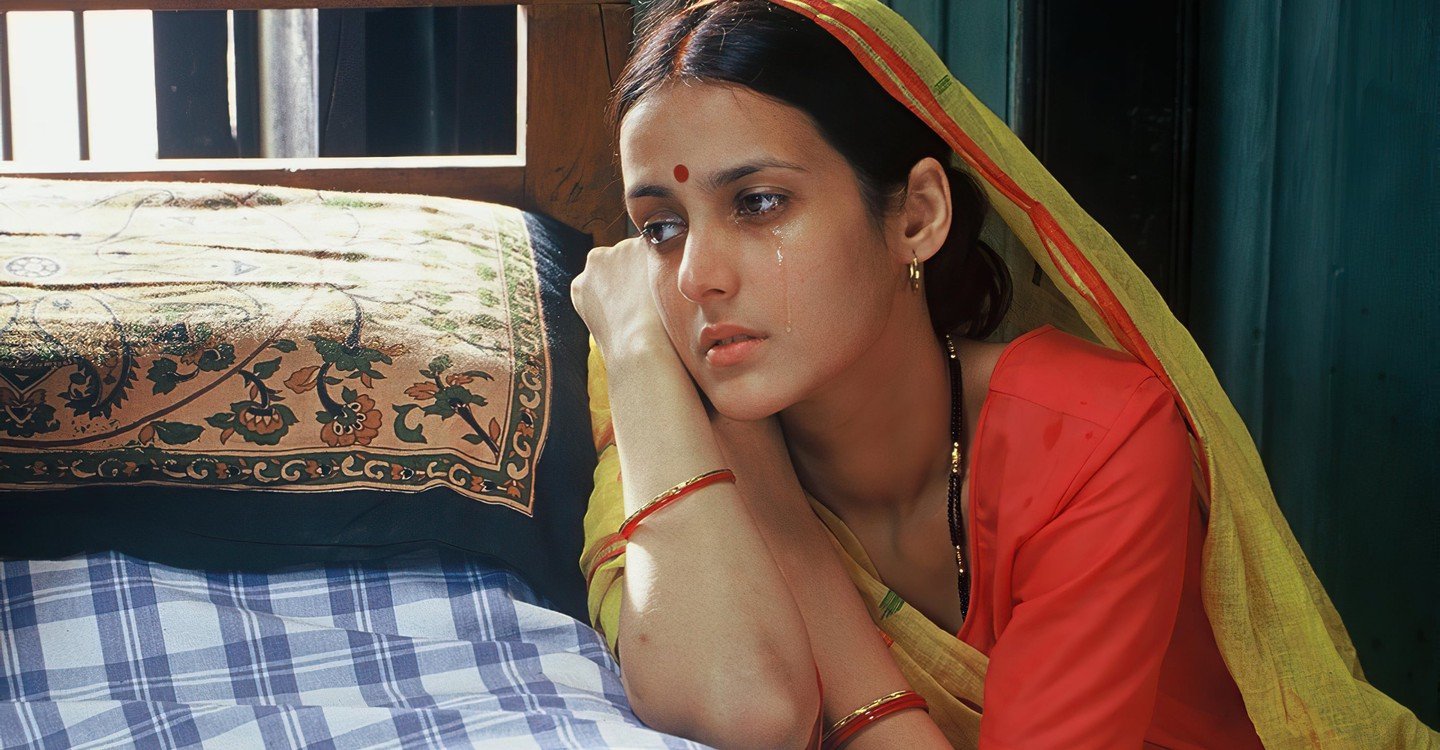
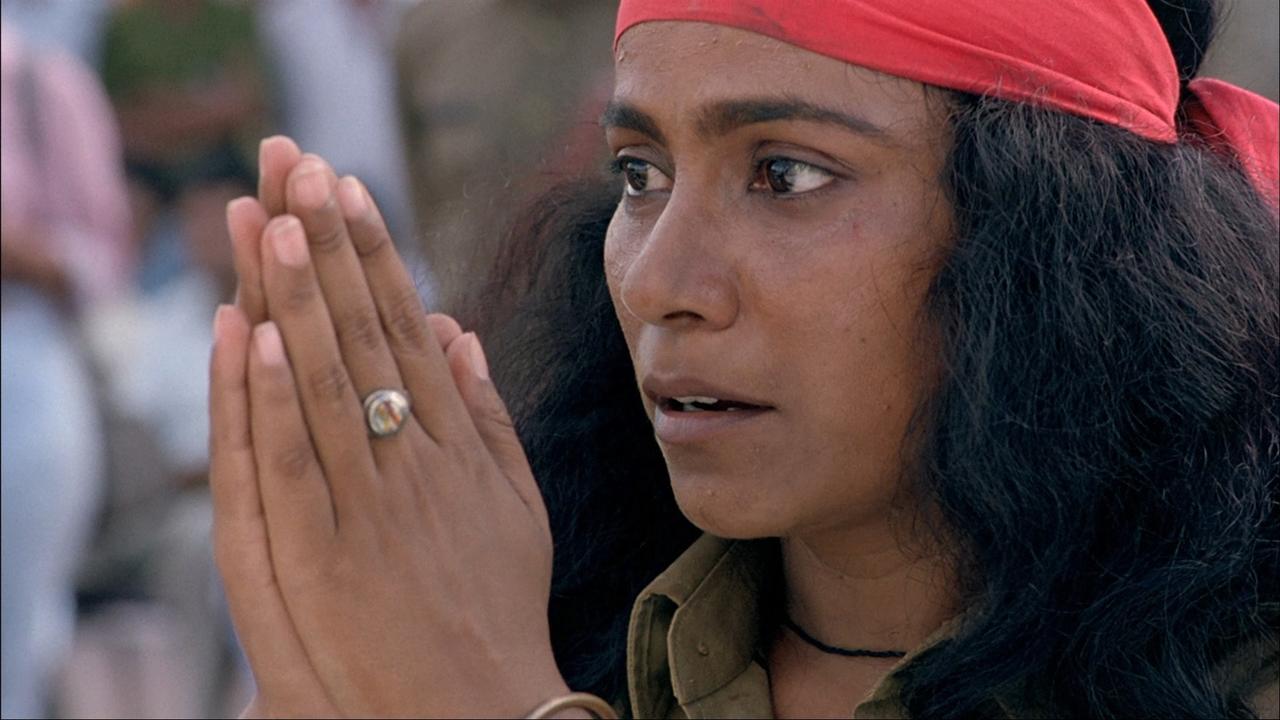
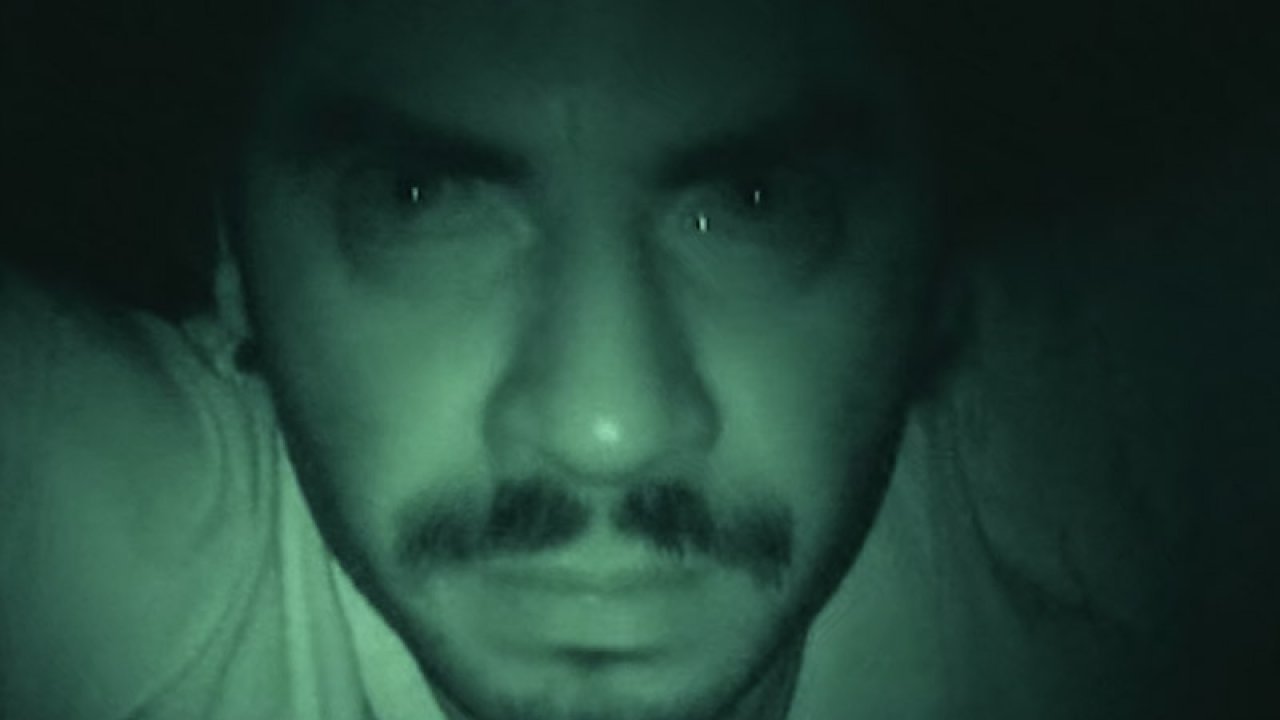
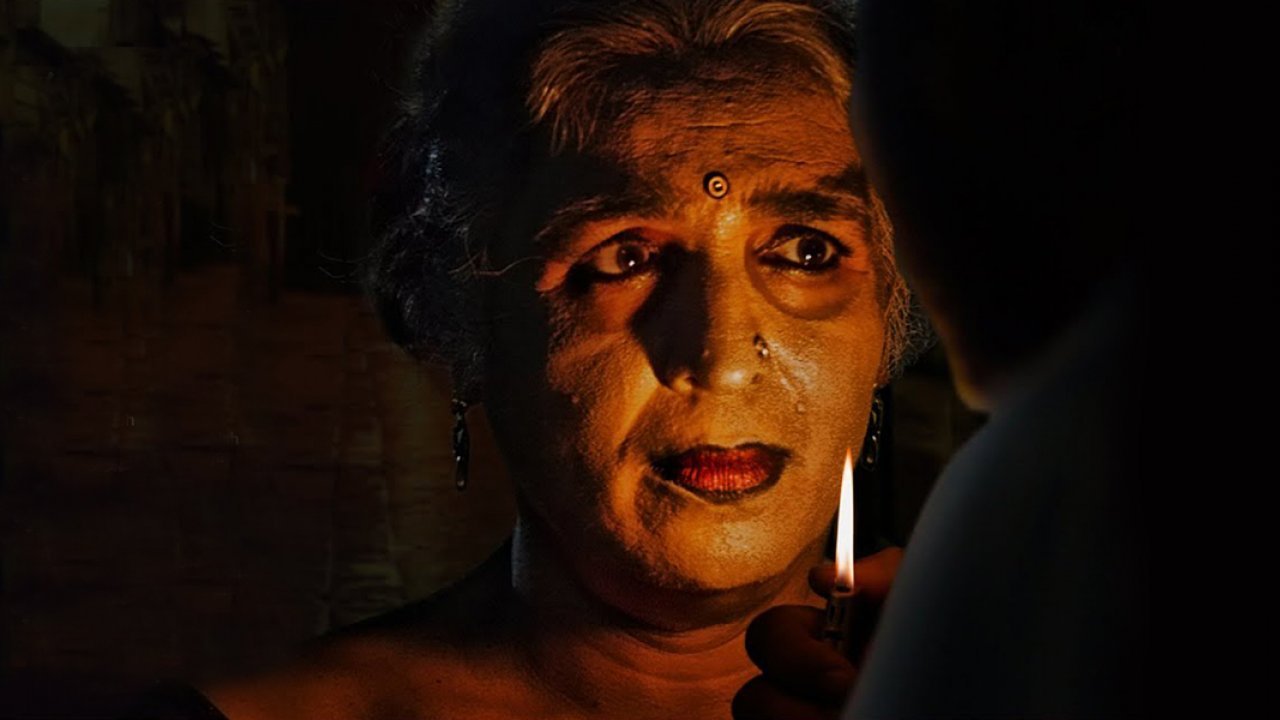
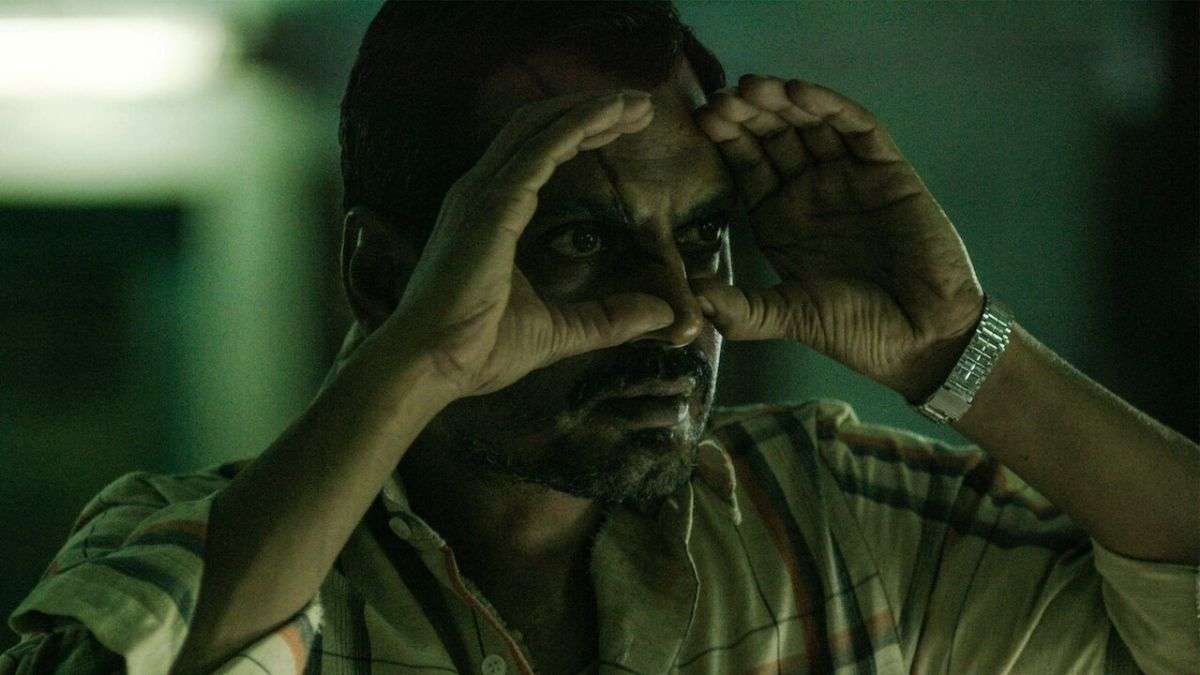
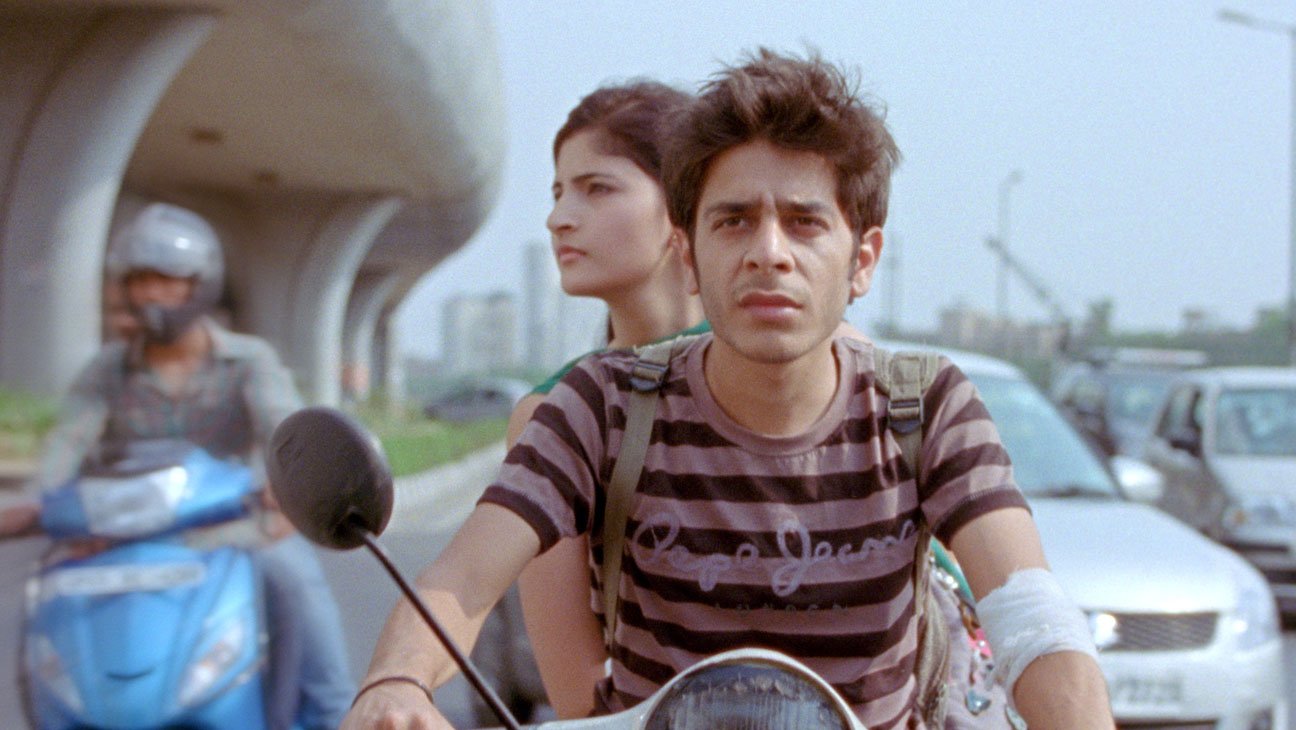
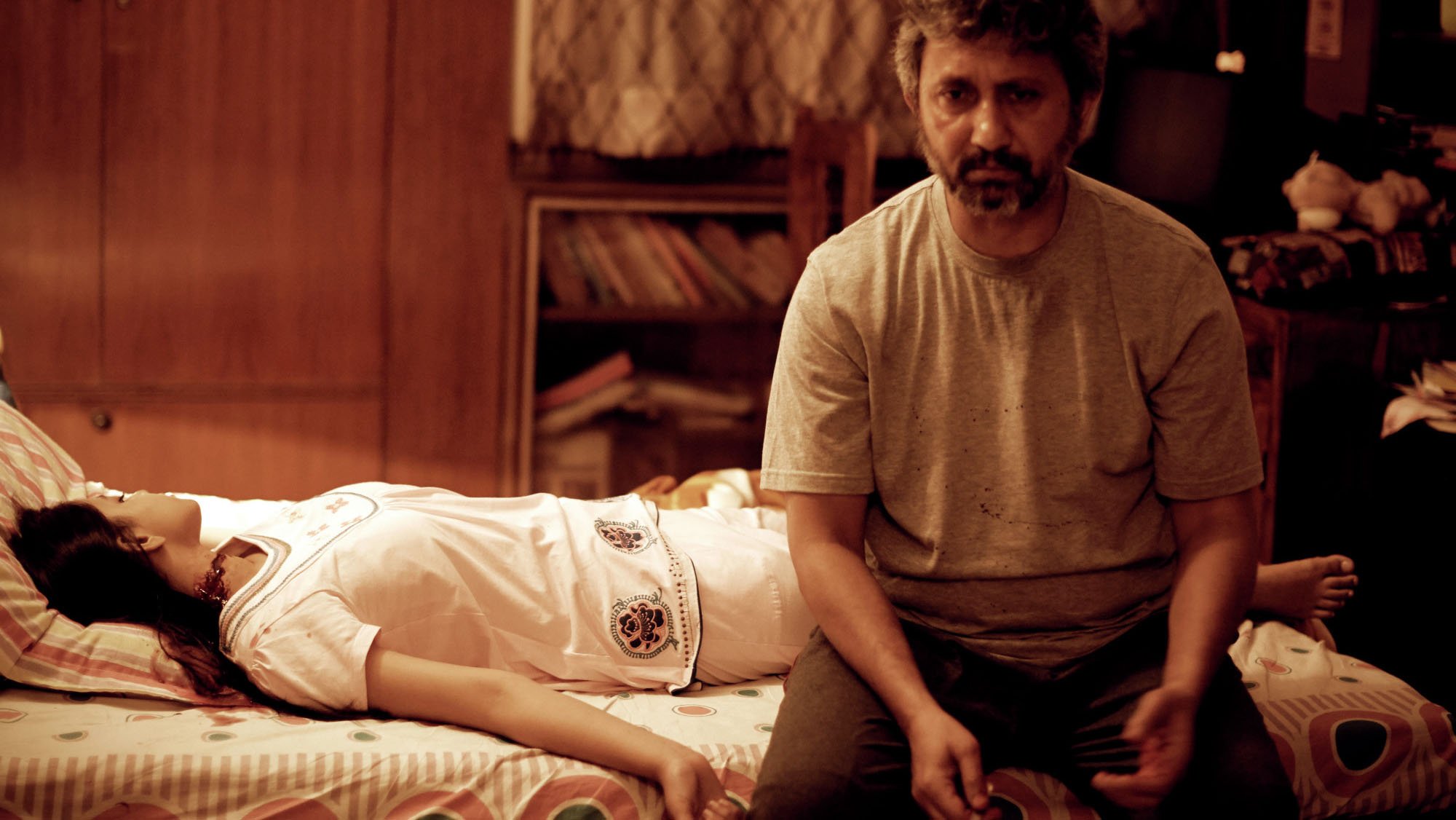
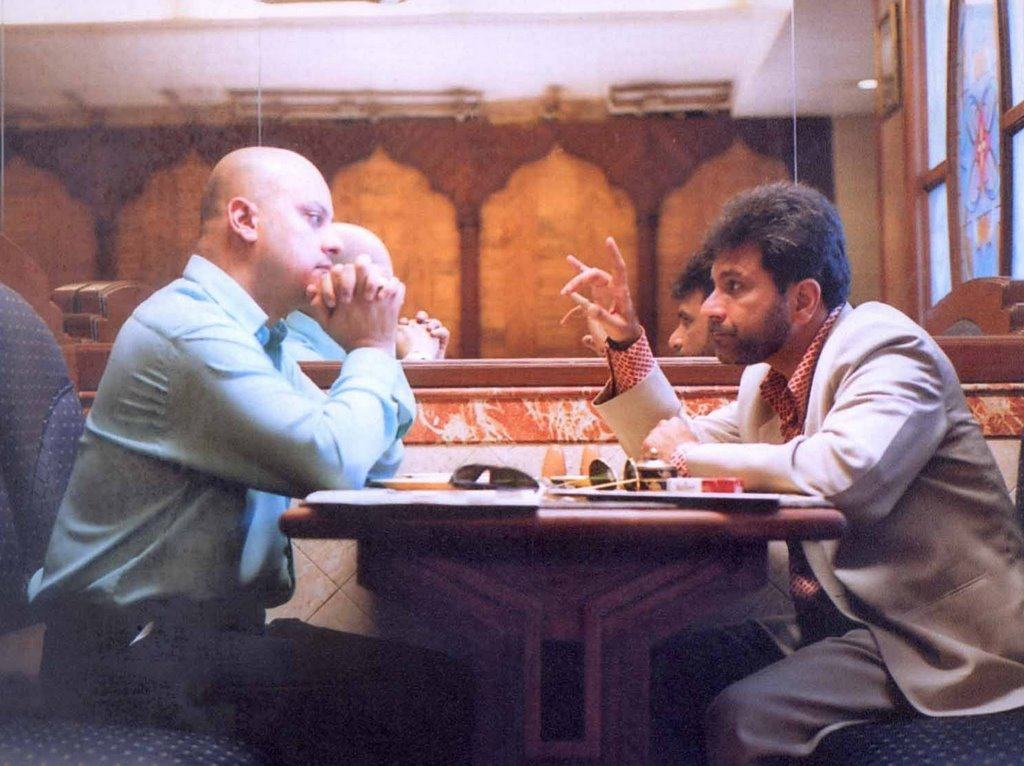
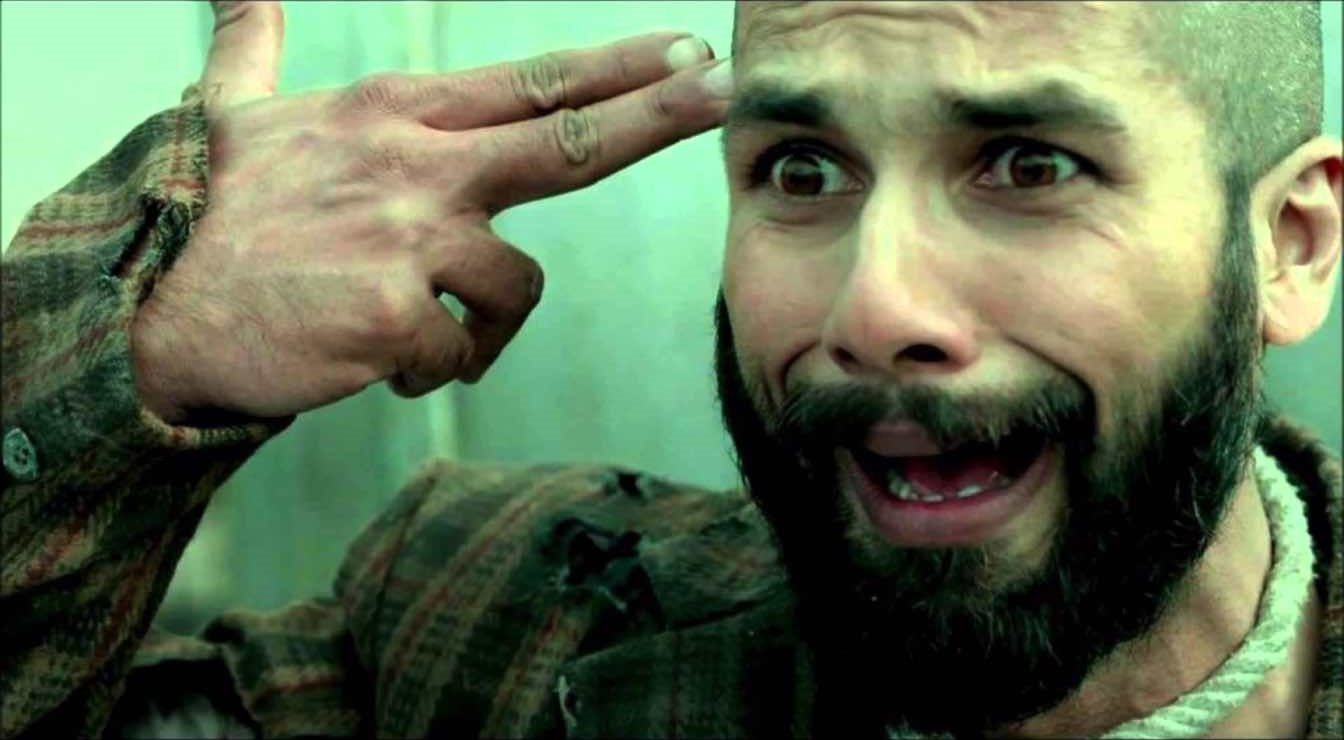


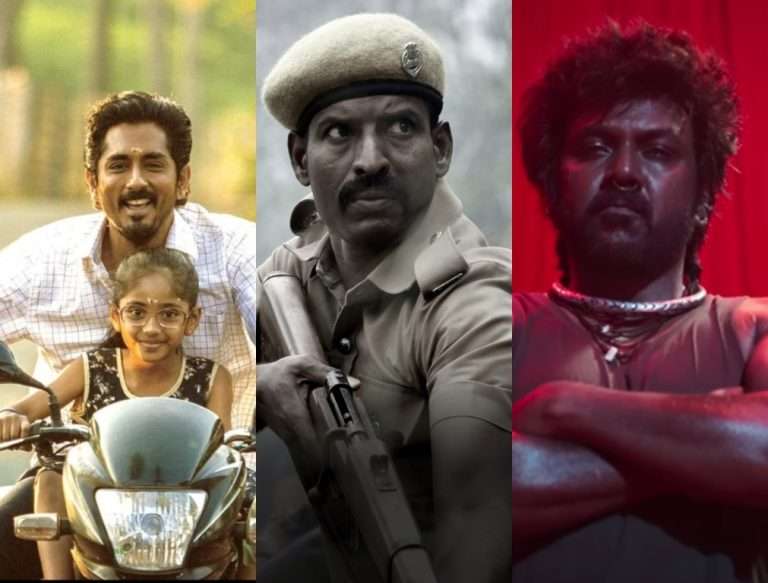
![Sundarbaner Vidyasagar [2022] Review – Interesting premise and plot makes this show a different one from the usual thriller oeuvre](https://79468c92.delivery.rocketcdn.me/wp-content/uploads/2022/03/Sundarbaner-Vidyasagar-768x427.jpg)

